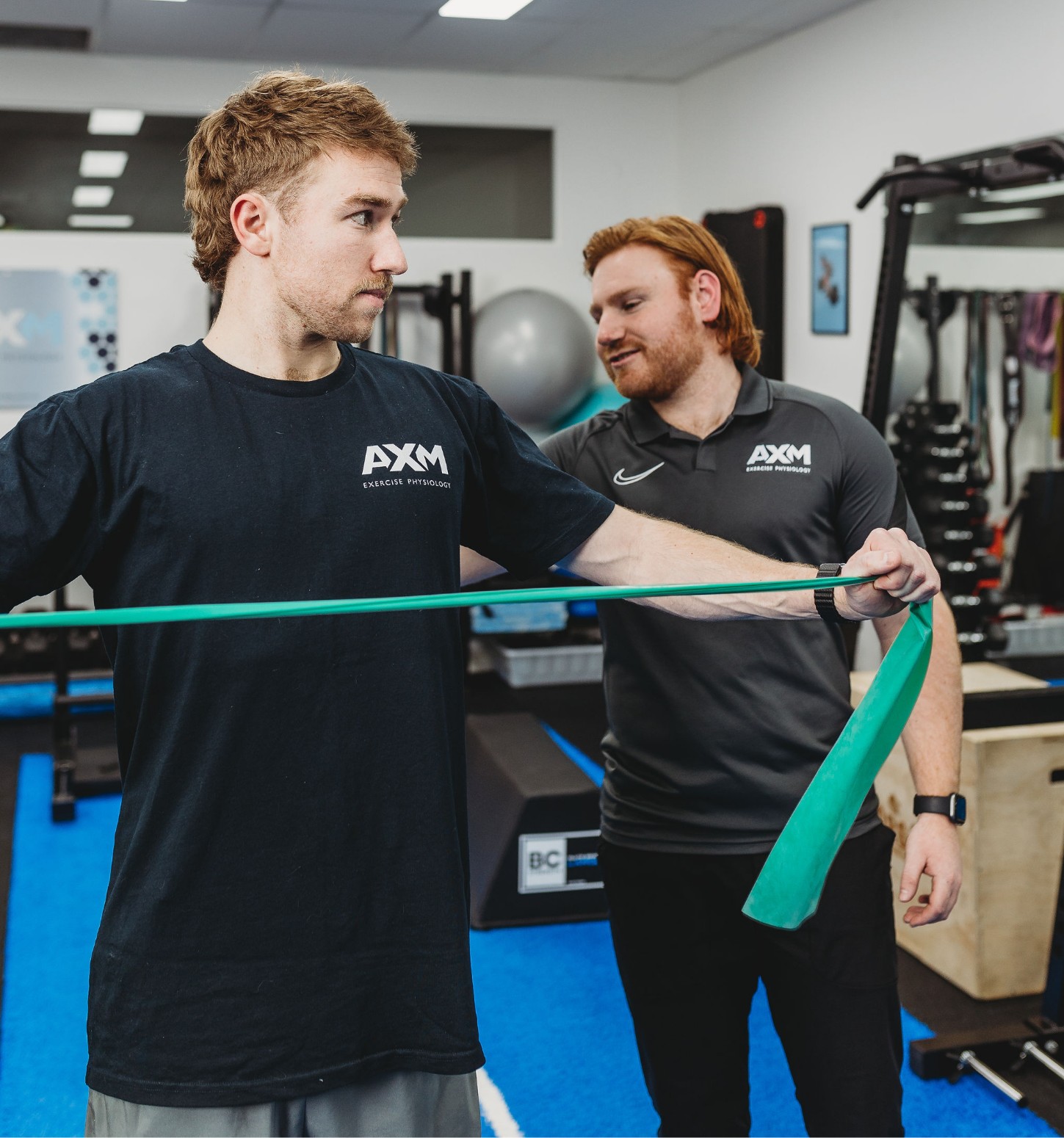Physiotherapy
in Canberra
At AXM Exercise Physiology, our Physiotherapists aim to bridge the gap and provide elite-level physiotherapy to everyone in the Canberra region. Whether you’re recovering from an injury, managing a chronic condition, or looking to improve your physical health, our team of experienced physiotherapists are here to provide personalised care tailored to your unique needs. At AXM, we believe that high-quality care should be accessible to all, helping you move better, feel stronger, and live pain-free.
We believe every patient is unique, and so is their recovery journey. Our physiotherapists take the time to listen to your concerns, assess your condition, and develop a customised treatment plan designed to meet your goals. AXM Exercise Physiology is a state-of-the-art facility located in the heart of Belconnen in Bruce. We are equipped with the best tools to provide effective, long-lasting results for your health and well-being.

What is
Physiotherapy?
A physiotherapist is a healthcare professional trained to assess, diagnose, and treat a wide range of physical conditions that affect mobility, strength, and overall functionality. Physiotherapists use evidence-based practices to help people improve their physical well-being through targeted interventions. Their expertise lies in understanding the complex relationships between the body’s systems—muscles, joints, nerves, and bones—and how these systems interact during movement. By focusing on restoring function and preventing future injuries, physiotherapists play a critical role in both recovery and long-term health maintenance.
Physiotherapists are licensed professionals who have undergone extensive education and clinical training, making them experts in movement science and rehabilitation. They work with patients across all age groups and with a variety of physical conditions, from sports injuries to post-operative rehabilitation and chronic pain management. At AXM Exercise Physiology, our physiotherapists are dedicated to ensuring that every patient receives top-tier physiotherapy, grounded in the latest research and tailored to their individual needs.
WHAT does a physiotherapist do?
A physiotherapist is responsible for guiding patients through the recovery process by offering a range of treatments that promote healing, improve mobility, and enhance overall quality of life.
At AXM Exercise Physiology, our physiotherapists are equipped with the knowledge and skills to provide elite-level care to everyone, from elite athletes to those dealing with everyday aches and pains. Our team works collaboratively with you to ensure your recovery and future health are at the forefront of our treatments.
Here are some of the key roles and services a physiotherapist provides:
- Assessment and Diagnosis: During the initial visit, the physiotherapist will conduct a comprehensive physical assessment to understand the root cause of the patient’s symptoms. This can involve movement tests, strength evaluations, and reviewing medical history to form a diagnosis.
- Developing a Personalised Treatment Plan: Based on the assessment, a physiotherapist designs a treatment plan that addresses the patient’s specific condition and goals. This plan may include exercises, manual therapy, or other therapeutic interventions.
- Manual Therapy: Physiotherapists often use hands-on techniques such as joint mobilisations, soft tissue massage, and stretching to relieve pain, improve flexibility, and restore movement in affected areas.
- Exercise Prescription: One of the core components of physiotherapy is exercise rehabilitation. A physiotherapist will guide patients through targeted exercises designed to strengthen muscles, improve endurance, and enhance flexibility to prevent future injuries.
- Education and Advice: Physiotherapists also play an important role in educating patients about their condition and how to manage it effectively at home. They provide advice on lifestyle changes, posture, and ergonomics to help prevent re-injury.
- Post-Surgical Rehabilitation: After surgery, physiotherapists help patients regain their range of motion and strength through carefully structured rehabilitation programs.
- Pain Management: Physiotherapists use various methods, such as manual techniques, electrotherapy, and therapeutic exercises, to manage acute or chronic pain and improve a patient’s quality of life.

WHAT IS THE DIFFERENCE BETWEEN AN EXERCISE PHYSIOLOGIST AND PHYSIOTHERAPIST?
This is probably the most common question we get asked as accredited exercise physiologists. It can often be a challenging question to answer, as there are a lot of similarities between exercise physiology and physiotherapy.
Both are allied health professions that complete at minimum, a four-year undergraduate university degree. Both professions see very similar clients, ranging from acute, sub-acute and chronic medical conditions, injuries and disabilities. The differences between the professions are in the clinical tools used.
Physiotherapists play an important role in the diagnosis of musculoskeletal injuries and the initial management of such injuries. Physiotherapists also utilise manual therapy tools such as massage and dry needling. Exercise physiologists utilise exercise as their primary tool. Exercise physiologists will assess your physical capacity and/or injury, then design a rehabilitation or management program specific to you and your goals.





